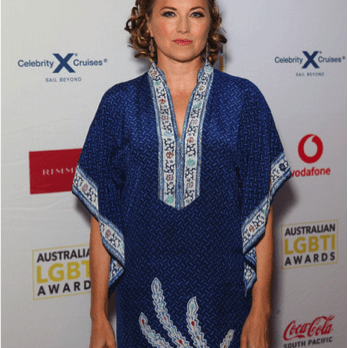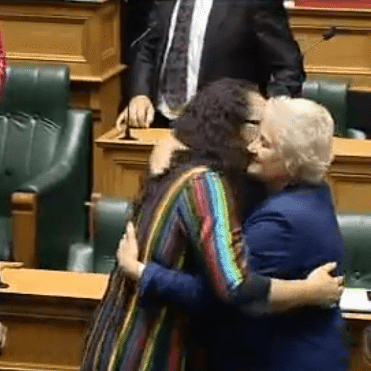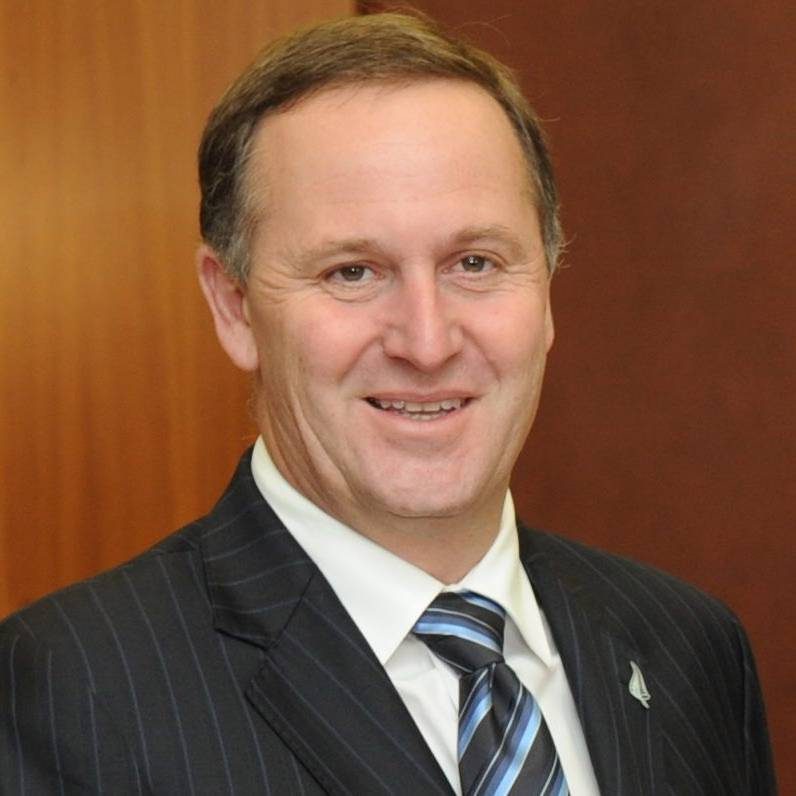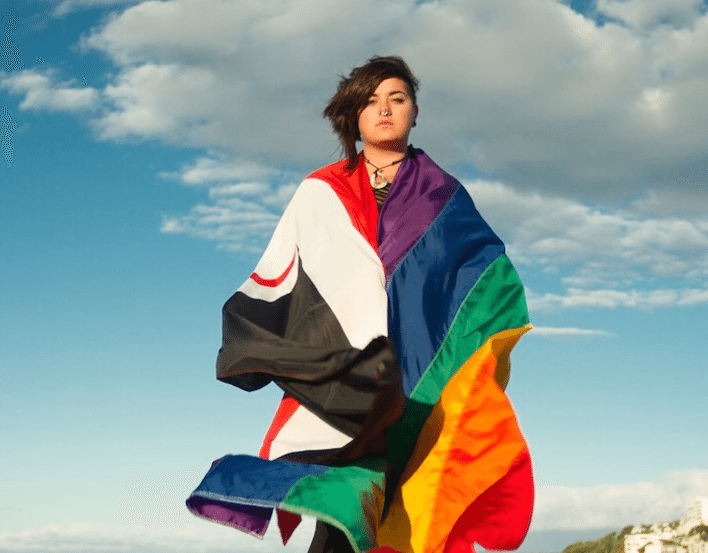 A project which aims to redress the impact of stigma on the health and wellbeing of the Pacific Rainbow community in Aotearoa, New Zealand, has received Health Research Council funding.
A project which aims to redress the impact of stigma on the health and wellbeing of the Pacific Rainbow community in Aotearoa, New Zealand, has received Health Research Council funding.
The University of Auckland’s Dr Patrick Thomsen will lead the three-year Manalagi Project, which plans to co-design a more effective and culturally appropriate framework for the community’s health and wellbeing needs.
A lecturer in Pacific Studies in the Faculty of Arts, Dr Thomsen, says Manalagi will be community driven and owned, respecting the principles of Pacific research ethics: ‘nothing for us, without us’.
“It takes its name from two Pacific, Pan-Polynesian concepts – mana (spiritual power and authority) and lagi, (the heavens and the sky). We aim to respect and enhance our community’s mana through research and change deficit thinking around how our people are framed.”
He says although New Zealand has begun to develop a greater understanding of the multiple systemic and institutional factors that affect the wellbeing of Pacific peoples generally, very little has been done to understand what impact multiple areas of marginalisation (racism, heterosexism, transphobia etc.) have on people who identify as both Pacific and Queer.
“Our people are ultimately forced into the margins of many communities they serve; they’re not even counted in the Census,” he says. “We do know that Pacific communities are at higher risk of experiencing more health and wellbeing challenges, and so are Queer and Rainbow communities. They have an increased risk of mental health issues and less likelihood of accessing health care support.”
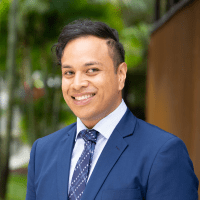
He believes it’s impossible to provide equitable policy interventions when data sources still miss marginalised populations.
“Stories of intersecting marginalisation and exclusion are often not heard by mainstream New Zealand and even within Pacific and Rainbow communities themselves, let alone by policymakers, so the research has tended to treat us as a singular group.”
He says many Pacific trans women, for example, contribute immensely to their communities through unpaid childcare, household labour, financial support and community volunteering but often don’t want to see a doctor.
“They’d rather avoid the racially charged and transphobic reactions of not only some doctors, but also office staff, as well as the stares in the waiting room and the nurses’ gossip.”
Dr Thomsen says many queer Pacific people who move to New Zealand are forced into precarious employment and sex work because they face a racialised immigration system that doesn’t recognise their qualifications and skills.
“Then there is the New Zealand-born generation who, despite being raised here, find themselves on the outer of the country’s queer spaces, which cis-gay men of Pākehā power still dominate. They are also outside the deeply religious norms that dominate our Pacific communities, forcing them to seek agency and wellbeing on their own terms.”
Gathered from listening to the health sector experiences of members of the Pacific Rainbow community all over Aotearoa, the Manalagi survey data set will be one of the first types of intersectional research developed in an LGBTIQA+ diaspora setting in New Zealand.
It will also employ community organisations, says Dr Thomsen.
“In doing so, we also hope to build the capacity of Pacific Rainbow LGBTIQA+ MVPFAFF (mahu, vakasalewa, palopa, fa’afafine, akava’ine, fakaleiti (leiti), fakafifine) peoples in New Zealand to develop more research projects in areas where very few of us currently work.”
He also hopes to make use of the research to help further develop queer approaches to Pacific Studies at the University of Auckland.

